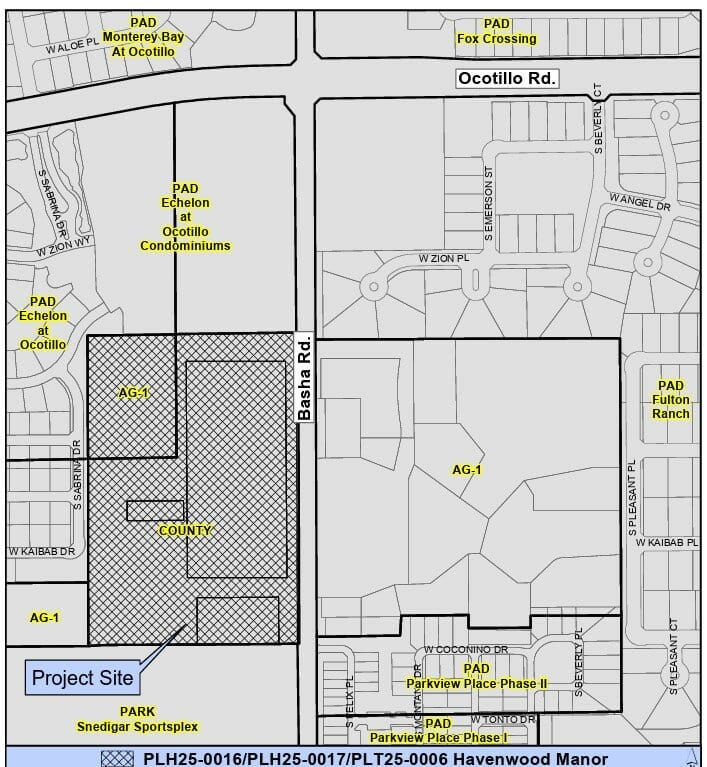ELLIOTT D. POLLACK & Company
The Monday Morning Quarterback
We hope that you had a great Thanksgiving holiday and are ready to enjoy the entire holiday season. The economic data for the shortened work week of Thanksgiving showed that the economy continues to expand, but, that we are in a middle aged recovery at this point.
The big question at this time of year is how much will consumers spend during the Christmas season. While we will have some indication of how sales are going this week as we receive anecdotal accounts of what businesses did during the Black Friday weekend, what we can say now is that consumers are going into the season with a propensity to spend conservatively.
That being said, debt burden is down, consumers are starting to use revolving credit again, savings rates are up and the two major consumer confidence surveys are split on how consumers feel at the moment. Thus, we are looking for a middle of the road retail season.
U.S. Snapshot:
- Real GDP-the value of goods and services produced by the nation’s economy less the value of the goods and services used up in production (adjusted for price changes)-increased by an annual rate of 2.1% in the 3rd quarter. This is the “second” estimate. It compares to the original estimate of 1.5%. The major difference was that the decrease in private inventory investment was smaller than previously estimated.
- Corporate net cash flows continue in a range first reached in 2012 (see chart below).
- New orders for U.S. manufactured durable goods increased by 3.0% in October and now stand 0.5% over a year ago. This is a positive given the declines of the past few months and the strength in the dollar.
- Personal income grew by a 0.4% rate last month and now stand 4.6% over a year ago. The GDP deflator was up 0.9% over a year ago and the CPI was almost flat. Disposable personal income was up 4.1% over a year ago and the personal savings rate stood at 5.6% compared to 4.5% a year ago. These are positive metrics going into the holiday shopping season.
- The Conference Board’s consumer confidence index for November fell to 90.4 from a revised 99.1 last month. While this month recorded a decrease, the confidence index remains higher than it has been throughout most of the recovery and expansion. Consumers still appear to be interested in spending on big ticket items like cars and appliances.
- On the other hand, the University of Michigan consumer sentiment index ended November at 91.3. This compares to a final reading of 90.0 in October and 88.8 a year ago. The reading was down from the reading earlier in November and was taken after the Paris attacks.
- Home prices continue their slow rise. The S&P/Case-Shiller home price index (20-city composite) was up 0.2% in September and now stands 5.5% above a year ago.
- New home sales were up 4.9% over a year ago in October.
Arizona Snapshot:
- Lodging performance continues to improve in the state. Occupancy rates were 66.1% in October. This is up from 63.3% a year ago. Demand was up 4.8% and supply was up 0.4%. These are positive readings.
- The S&P/Case-Shiller home price index for Greater Phoenix was up in October and now stands 5.3% above a year ago.
- According to CBRE, office vacancy rates in Greater Phoenix were down to 20.0% in the 3rd quarter as absorption remained strong for this cycle and exceeded new inventory. Rental rates were up. Certain markets such as Tempe, South Scottsdale and Chandler were much tighter than the market as a whole. These corridors have walkable amenities.
- CBRE also indicated that the retail real estate market continued to improve in the 3rd quarter as vacancy rates fell to 9.1% from 9.9% a year ago, Absorption, while slow, exceeded change in inventory (which was negative).
- According to CBRE, the Greater Phoenix industrial market also improved in the 3rd quarter as vacancy rates fell to 10.3% from 11.0% a year ago and absorption exceeded change in inventory. According to the report, absorption is being driven by users seeking 20,000-100,000 square feet. This is a sign of a healthy industrial property market and resembles a leasing pattern that has historically driven activity in metro Phoenix according to the report.








